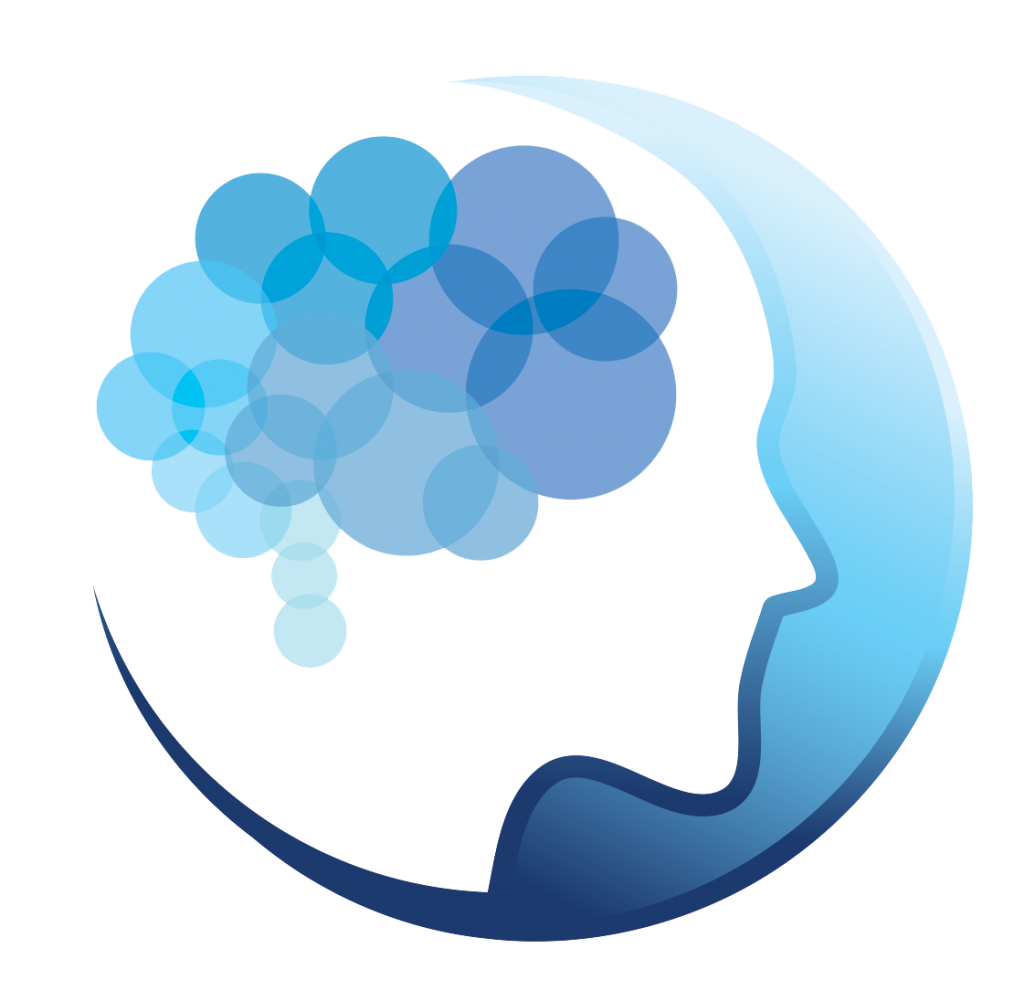In this video, Dr. Kate shares a personal experience regarding an injury she experienced that is in line with her journey of chronic pain. She explains how this experience was quite insightful for her, and was a perfect example of the concepts she intends to discuss. For example, she notices a clash between self-care and obligations/desires, which leads her to conclude that it is important to notice when it’s your body that’s getting in the way. An instructional video on CPR for the Amygdala may be found at this link. Other concepts she introduces are where the pain “lies,” either on top of you or below you, the idea of a “steel blanket” weighing you down, and how “mind over matter” means that your amygdala plays a key role in the suffering you experience.














